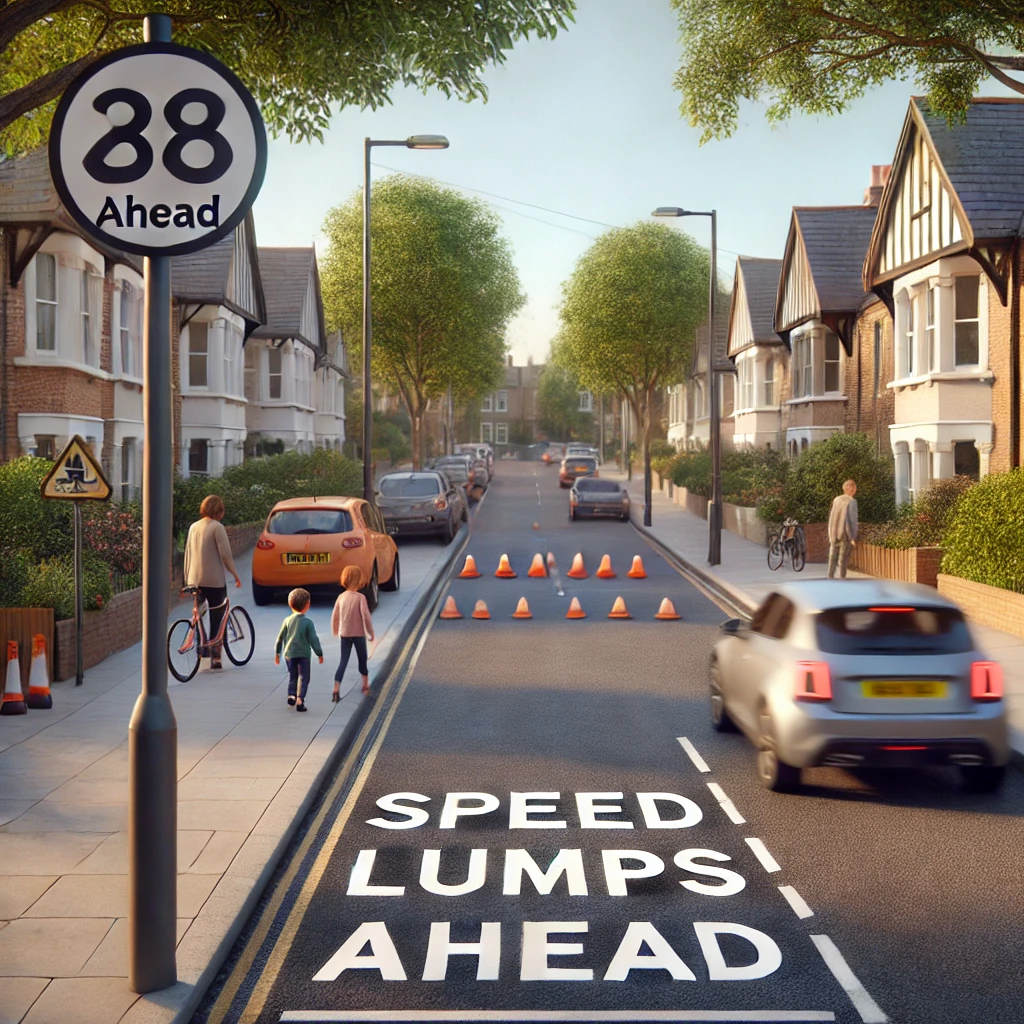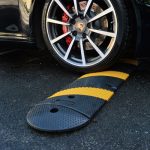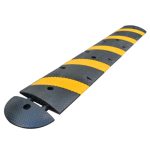 Residential areas should be safe for families, children, and pedestrians, but speeding cars can pose a significant risk. That’s where speed humps come in. Speed humps provide an effective traffic-calming solution for residential streets, ensuring that drivers maintain appropriate speeds. In this article, we’ll explore how speed humps make residential areas safer and why they’re a preferred solution over other traffic control measures.
Residential areas should be safe for families, children, and pedestrians, but speeding cars can pose a significant risk. That’s where speed humps come in. Speed humps provide an effective traffic-calming solution for residential streets, ensuring that drivers maintain appropriate speeds. In this article, we’ll explore how speed humps make residential areas safer and why they’re a preferred solution over other traffic control measures.
Why Use Speed Lumps in Residential Areas?
1. Slower Vehicle Speeds:
Speed lumps force drivers to slow down to around 10-15 mph, the ideal speed for residential streets where children may be playing, or pedestrians may be crossing. This controlled deceleration makes the area safer for all.
2. Reduced Traffic Noise:
Compared to other speed control devices, speed humps reduce traffic noise, as they allow cars to decelerate more gradually without the harsh stops and starts associated with speed bumps.
3. Enhancing Pedestrian Safety:
Speed lumps near crosswalks or playgrounds give drivers time to react and stop, making residential areas safer for pedestrians and families.
Where to Install Speed Lumps
Residential Streets:
In neighborhoods, speed humps help ensure drivers respect the local speed limits, making the area safer for both residents and pedestrians.
Near Parks and Schools:
Speed humps placed near public parks or schools are an excellent way to protect children, as these areas often see both heavy foot traffic and vehicles.
Easy Installation and Maintenance
Speed lumps made of durable materials like rubber are easy to install and require minimal maintenance. Their longevity and effectiveness make them a popular choice for long-term residential safety solutions.
Looking to improve safety in your residential neighborhood? Learn more about our reliable Speed Lumps designed to keep your community safe.



